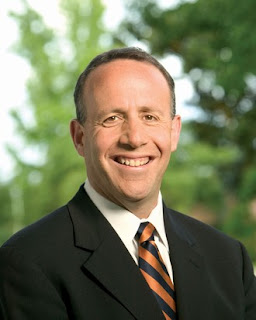Sacramento Press / City schools chief to announce proposed budget reductions to meet $30.6 million deficit in 2010-11
Sacramento City Unified School District Superintendent Jonathan P. Raymond will announce tonight at the Board of Education meeting that his leadership team and central office staff will “lead the way” in working to meet a projected $30.6 million deficit in the 2010-11 budget as he announces specific recommendations such as three furlough days for his top staff and unrepresented employees and $5.95 million in other reductions at SCUSD’s central office. The board item is scheduled for approximately 7:30 p.m. at the district headquarters, 5735 47th Ave. (Reporters: Please note that the time of the item may change as the meeting proceeds.)
“I would not ask other employees to make sacrifices unless we at central office are leading by example,” Raymond said. “These are difficult times, but our mission is the education of children and that has to be our first priority, painful as these proposals are,” the superintendent stated.
Other proposed savings or recommendations will include $15 million from
TODAY'S TOP NEWS - YESTERDAY'S BEST BLOG POST DECEMBER 22, 2025
-
*TODAY'S TOP NEWS** STORIES *
*DECEMBER 22, 2025 *
U.S. NewsHere are the top 3-5 stories as of December 22, 2025:
1. Epstein Files Controversy:...
2 hours ago












.jpg)












 A
A 

